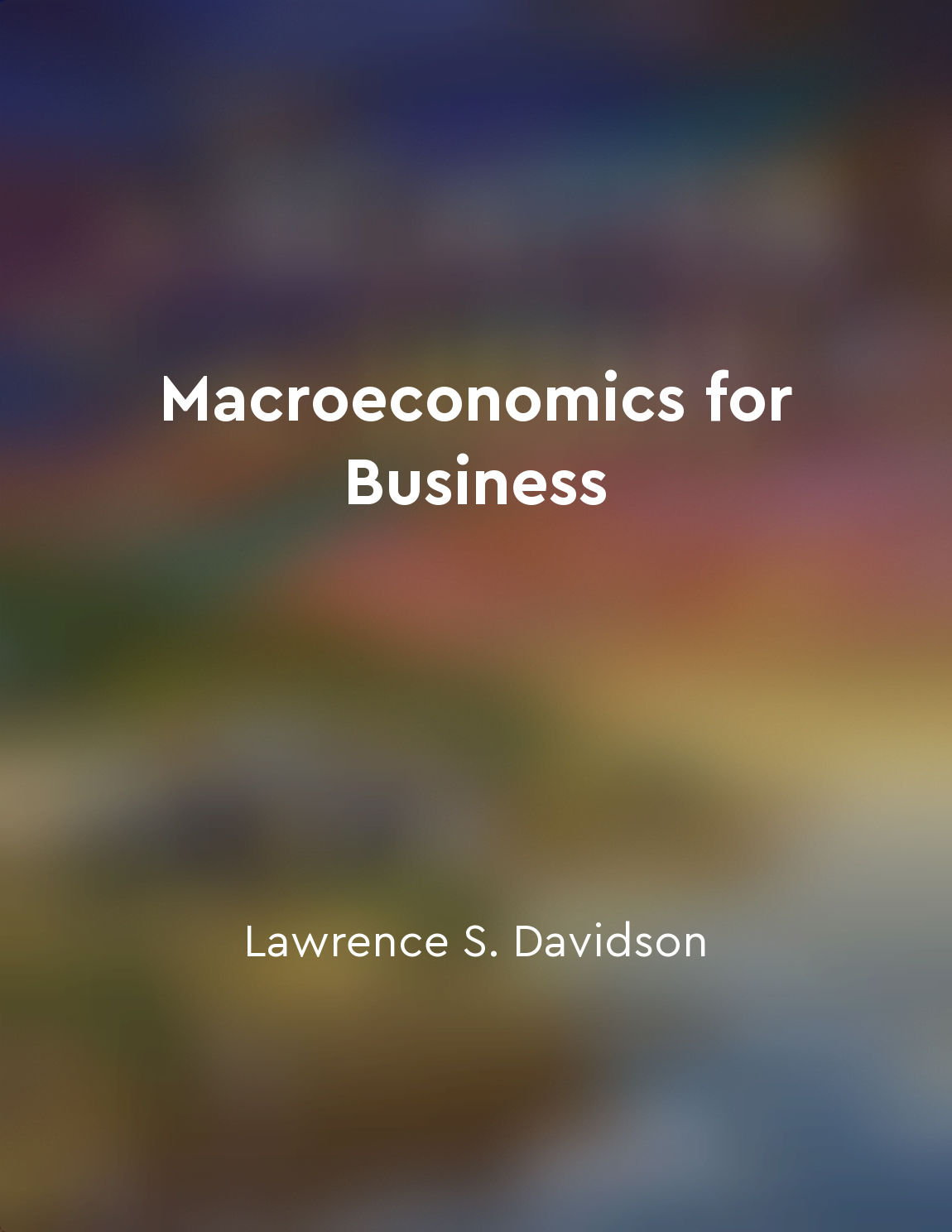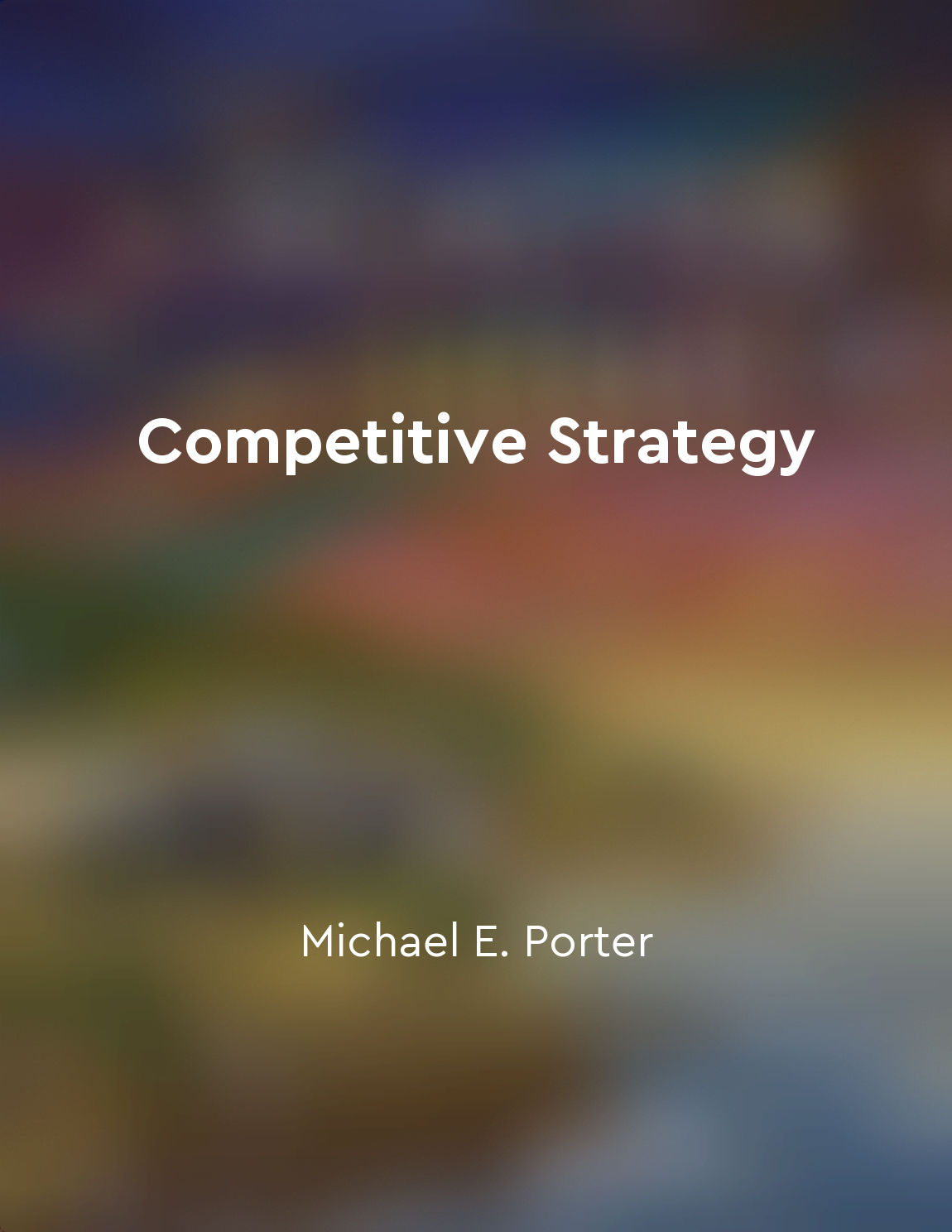Regulations can distort market incentives from "summary" of The Antitrust Paradox by Robert Bork
Regulations, by their very nature, impose constraints on market participants. Whether in the form of price controls, production quotas, or licensing requirements, regulations shape the incentives facing businesses and consumers. When regulations are imposed on a market, they can disrupt the natural workings of supply and demand, leading to inefficiencies and unintended consequences. In many cases, regulations are put in place with the intention of correcting perceived market failures or promoting certain social goals. However, these regulations can often have the opposite effect, distorting the incentives that drive market participants to allocate resources efficiently. For example, price controls may lead to shortages or surpluses, as suppliers have less incentive to produce goods at a regulated price. Furthermo...Similar Posts
Regulatory compliance requires clear guidelines and communication
Regulatory compliance is a critical aspect of any regulatory framework. Without clear guidelines and effective communication, i...

Monetary policy impacts interest rates
Monetary policy refers to the actions taken by a country's central bank to influence the economy. One of the key tools of monet...
The future of Indian business holds promise and challenges
The trajectory of Indian business over the centuries has been marked by a blend of optimism and obstacles. The promise of growt...

Balance of payments reflects a country's economic status
The balance of payments serves as a mirror reflecting a country's economic health and overall standing in the global economy. I...

Sustainability of competitive advantage comes from barriers to imitation
The sustainability of competitive advantage hinges on the presence of barriers to imitation. Without such barriers, a company's...
ISLM model analyzes equilibrium
The ISLM model is a fundamental tool in macroeconomics that helps analyze the equilibrium level of output and interest rates in...
Comparative advantage explains the benefits of trade
Comparative advantage is a fundamental concept in economics that helps us understand why trade is beneficial for all parties in...

Industrial policy matters
Industrial policy matters because it is essential for shaping the economy in a way that promotes sustainable and inclusive grow...
Globalization affects economic interdependence
Globalization, as the term implies, involves the integration of economies on a global scale. This interconnectedness has far-re...

Public goods and social services were essential for societal wellbeing
In the modern affluent society, it is widely acknowledged that public goods and social services play a crucial role in ensuring...

